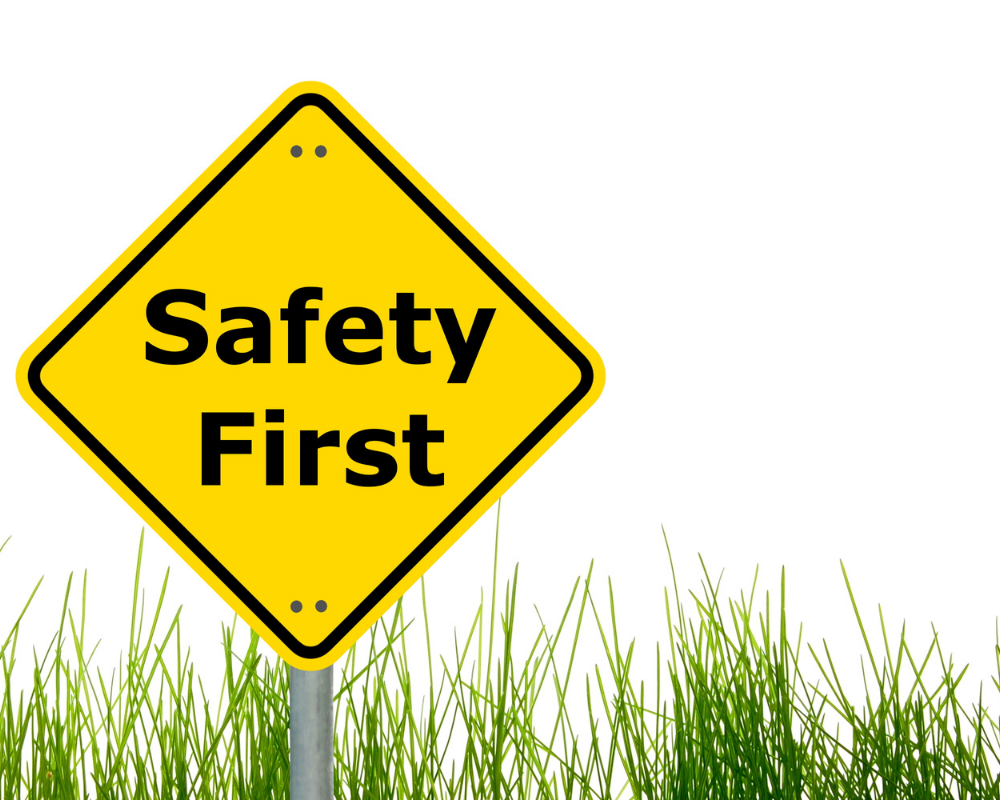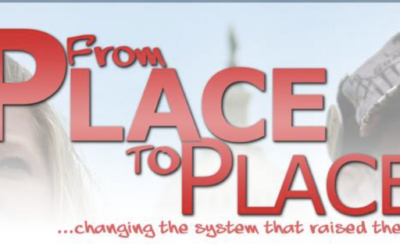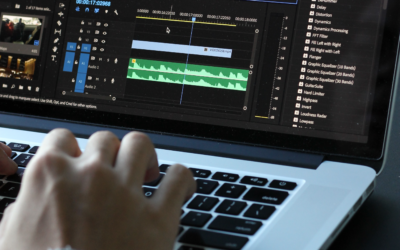AudPop’s network of filmmakers are from all over the world—which, simply put, means each filmmaker is facing different circumstances than the next. But the one common thread is that all of our filmmakers’ working environments likely look a bit different these days—and it might be a little confusing to navigate.
For example, in the United States, states must set their own production rules without national guidance. But with the help of organizations like the Alliance of Motion Picture and Television Producers, the Directors Guild of America, and the Screen Actors Guild, our community now has guidelines that are setting the standard. And we want to do our part, too.
After all, it’s our responsibility to act on our commitment to a network of over 75,000 filmmakers—to keep everyone safe, all over the world, while they do what they love to do.
“AudPop filmmakers are in a prime position to work safely for brands across the world,” says Paige WIlliams, founder and CEO of AudPop. “We were made for this.”
Before diving into our media production guidelines, please note: These guidelines may change, as recommendations and best practices are updated over time as we learn more and more about COVID-19. So always refer to your county, state, and/or country’s rules, protocols, and recommendations in addition to what’s outlined below. This is especially important as some guidelines could be mandatory in some regions and best practices in others.
Remember the facts
The urge to go back to the set is real. We get it. But, it’s important to remember a few key facts:
- COVID-19 is an easily transmitted, deadly disease.
- COVID-19 can spread in a variety of ways, mostly linked to gatherings of all sizes.
- COVID-19 still holds a lot of unknowns to scientists.
Then, remember the basics
Production sets include a lot of hands—on set and on equipment. It’s vital—and we can’t stress this enough—to remember the basics every day on set, and not to get set into a normal routine. Because after all, there’s nothing normal about living in a pandemic.
Here’s where to start:
- Ensure your location has good ventilation with enough space to encourage physical distancing of at least six feet (including designated spaces for individual or department offices as well as in-person meetings).
- If anyone is feeling sick, they are to stay home and alert their department.
- Masks, cloth or disposable, are to be worn at all times. For cast members who cannot wear masks, ensure the crew is creating enough space while filming.
- Reduce the number of personnel on set through:
- Remote working opportunities.
- Allowing no visitors.
- Video conferencing for meetings, casting calls, location reviews, table reads, and other tasks that can be done virtually.
- Security personnel (to help prohibit visitors and handle deliveries.)
- Every four hours, clean and disinfect shared items, bathrooms, and kitchens.
- Deep clean and disinfect after each night preferably by an outside contractor.
- Designate an area for deliveries, if needed.
- Provide plenty of PPE (face masks, gloves, hand sanitizer, and spray disinfectant) for your cast and crew’s use.
- Go paperless and keep as many devices as possible for individual use.
- Post health safety signage in easy-to-see spaces, as well as thoroughly brief your cast and crew on all COVID-19 safety guidelines.
- Provide additional equipment or gear to cut down on sharing, if possible.
- If casting calls must happen in-person, schedule auditions at spaced-out intervals and require talent to wait in their cars before coming in.
- Refrain from using makeup on minors, as well as keep a close eye on all children on set.
- Consider your cast to come in personal clothing with hair and makeup already done before arriving on set. Here are a few things to keep in mind:
- If hair and makeup must be done on set, artists must wear PPE at all times.
- Stations must be six-feet apart.
- Artists must wash their hands and wipe down equipment after each use.
- Fittings may be done off set or virtually.
- Accommodate persons with disabilities by ensuring hand-washing stations, hand sanitizer, and PPE are always easily accessible.
- All food must be individually packaged and:
- Monitored by your catering or service staff.
- Never served in a high-traffic area (like a busy street).
- Never self-served.
- Avoid single-use utensils and condiments.
- Sanitize before and after each use.
- Encourage staggered meal times to avoid crowding.
- If plane travel is required, the person must be tested and cleared 24 hours prior to the flight as well as before entering the set.
- Keep shooting hours to 10 hours, and if pre-calls are needed, ensure it’s a limited crew.
Test, test, test
While there isn’t a vaccine, it’s important to remember the one tool you have to help prevent your crew from getting sick: COVID-19 tests—and it’s important to do it strategically, regularly, and consistently.
Because at the end of the day, if there’s one positive test—the entire cast and crew would be required to quarantine for 14 days, resulting in delays, shutdowns, serious illnesses, and even death.
Jeffrey Shaman of Columbia University modeled the effectiveness of various testing protocols and concluded that an increased testing frequency reduces the risk of acquiring the infection on set.
Here’s what Shaman found:
- Testing weekly makes an “enormous difference.”
- Testing every three days reduces the risk even further.
- Testing daily largely eliminates it.
“We see the cost and logistics issues associated with testing coming down, to the point where such testing should not be prohibitive, by the time the productions are ready to begin,” the study includes.
The bottom line? Test daily—and always after a weekend or break—in a dedicated room on set.
Restrict flow on set
Depending on the size of your set, this may be easier said than done. But per The Safe Way Forward production guidelines, creating a “zone system” is the first step to ensuring a safe set. So before you plan your production, read more about the zone system here on pages 3–6.
Designate a health safety team
Especially if you plan to include the zone system mentioned above, it’s vital to incorporate a health safety team. This will require creating a new “department” and dedicating a Health Safety Supervisor. The supervisor is meant to be the final say on all COVID-19 matters, to help enforce all established safety guidelines.
The Safe Way Forward guidelines—in addition to the AMPTP’s whitepaper—outlines everything you need to know to create an effective health safety team for your set.
Bookmark COVID-19 resources
Information and resources are your friends to stay up-to-date on how to keep your cast and crew safe while professionals learn more about the pandemic.
Here’s where you can start:
- CDC COVID-19 online resources
- CDC’s guidelines on cleaning and disinfecting facilities
- Media Services’ definitive guide to reopening film and TV production
- Alliance of Motion Picture and Television Producers’ whitepaper on COVID-19 guidelines
- The Safe Way Forward production guidelines
- Wrapbook’s COVID-19 guidelines by state
- OSHA guidance on preparing workplaces for COVID-19




